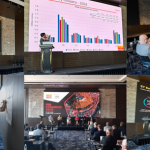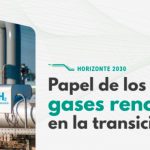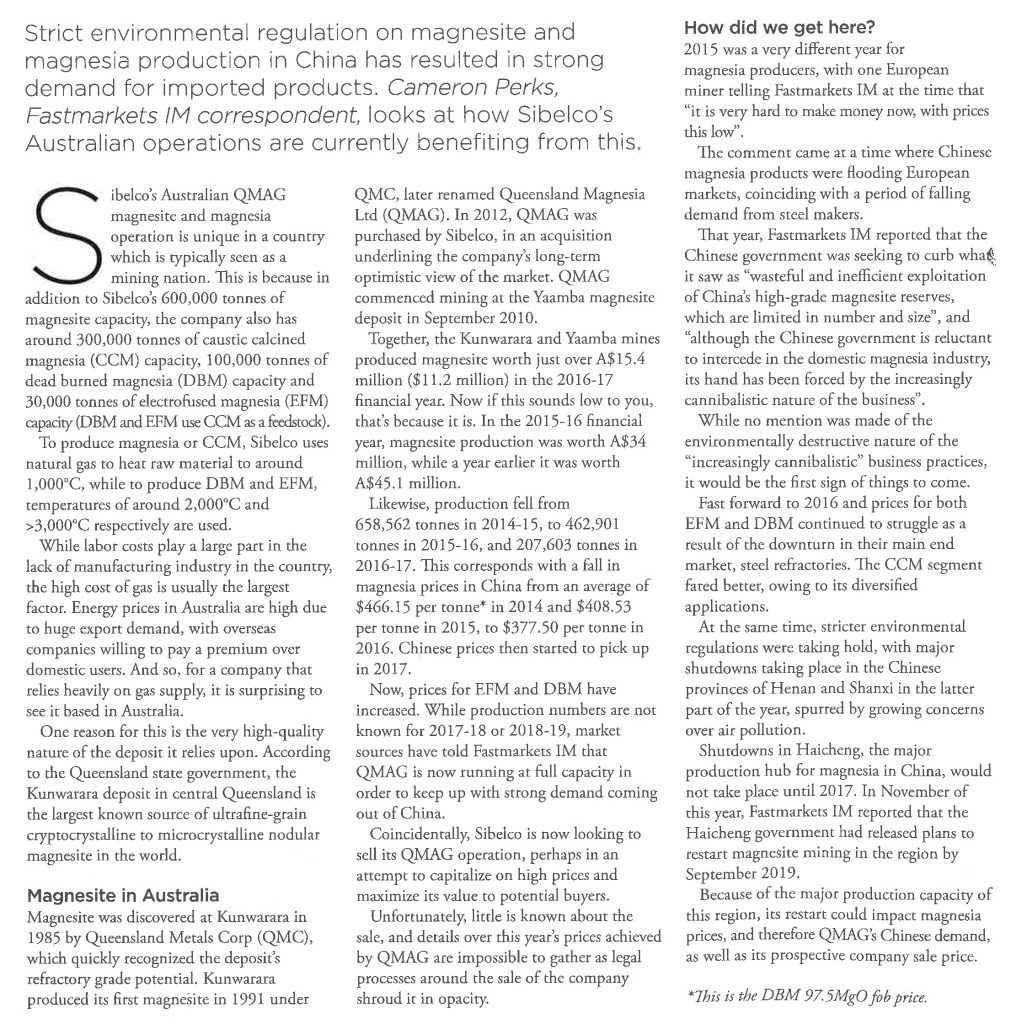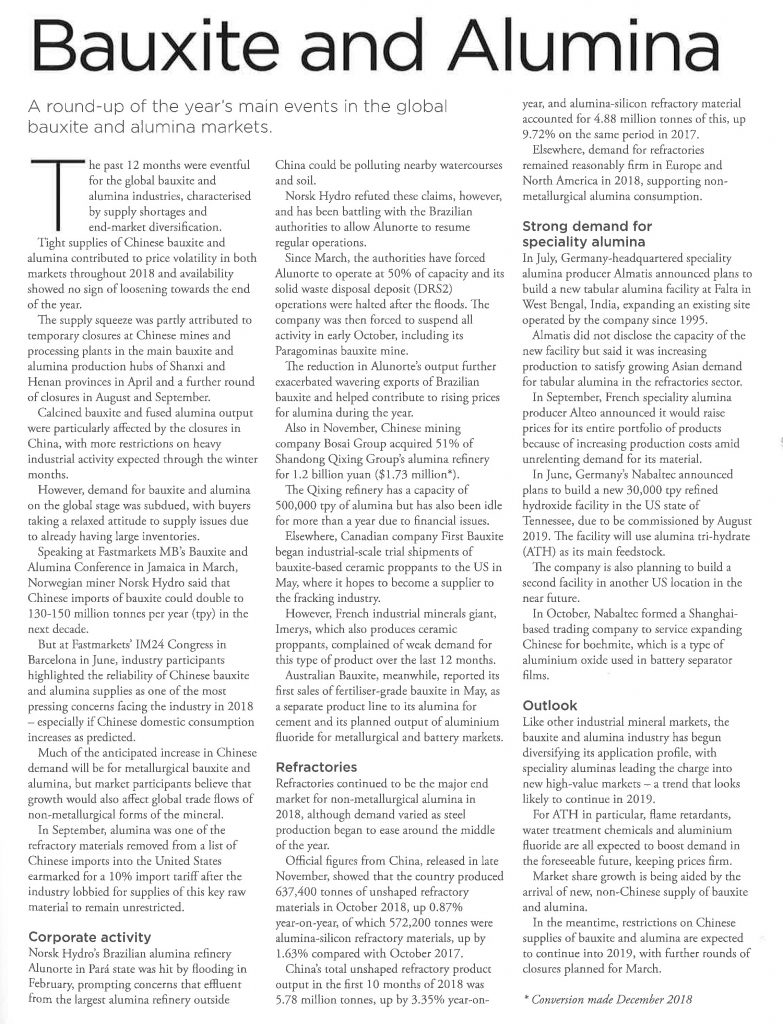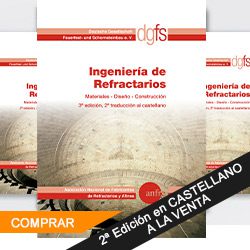Poursuivant sa politique de cession d’activités représentant un chiffre d’affaires global d’au moins 3 Mds € avant fin 2019, le géant des matériaux a annoncé être entré « en négociations exclusives » avec le fonds d’investissement américain OpenGate Capital.
Leader mondial des grains et poudres de carbure de silicium – élément qui entre dans la composition d’abrasifs, d’isolants électriques ou encore de miroirs pour l’industrie aérospatiale – Saint-Gobain génère dans cette activité un chiffre d’affaires annuel d’environ 120 M€.

Et pourtant, le leader mondial des matériaux de construction a décidé, dans le cadre de son objectif de « rotation de son portefeuille » (3 Mds € de cessions d’ici fin 2019) d’accorder une exclusivité au fonds américain OpenGate Capital après avoir reçu de ce dernier une offre d’achat de sa branche Saint-Gobain Silicon Carbide.
Ferme et irrévocable « Cette offre ferme et irrévocable ne comporte pas de condition de financement », a précisé Saint-Gobain dans un communiqué, précisant que la transaction envisagée, dont le montant n’a pas été dévoilé, ne pourra être finalisée « qu’après les procédures usuelles d’information et de consultation des instances représentatives du personnel compétentes ».
Soumise à l’approbation des autorités de la concurrence, cette transaction devrait être effective au premier semestre 2019.



